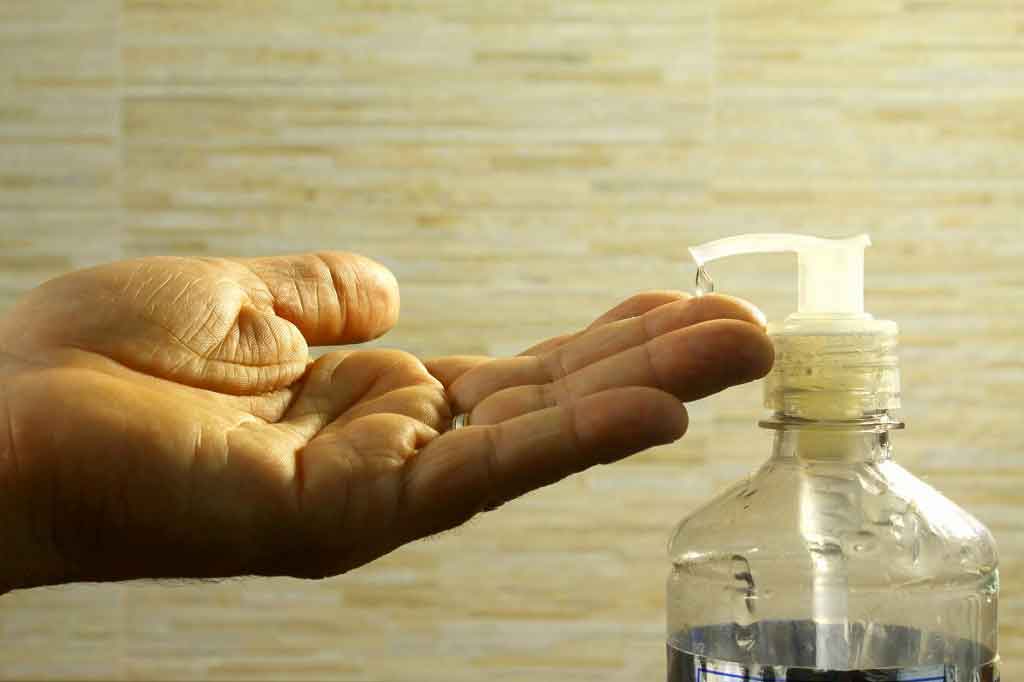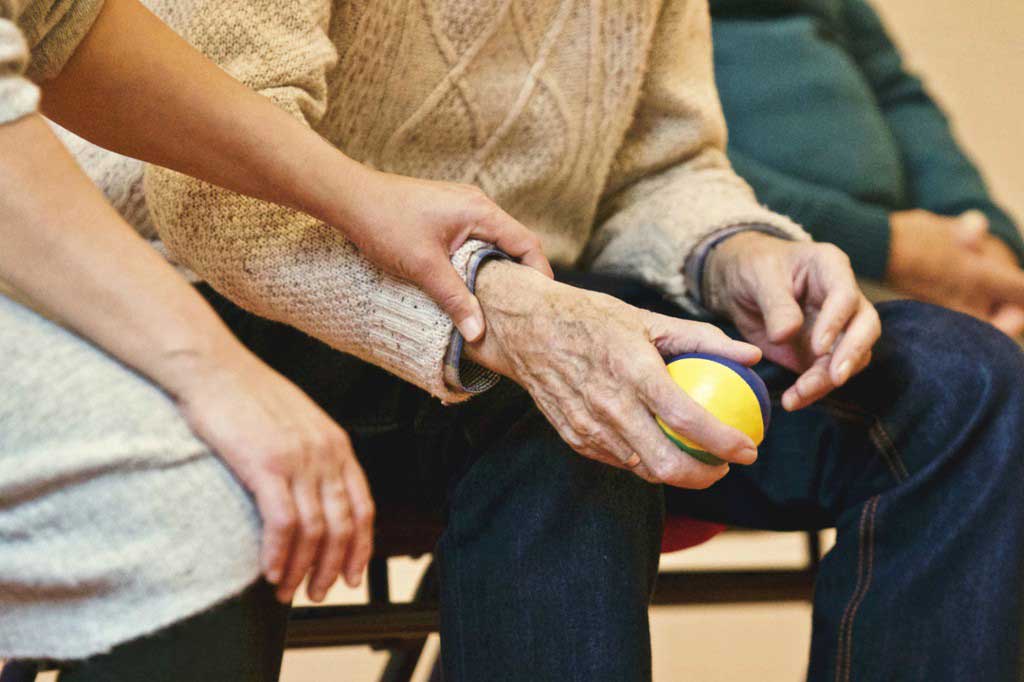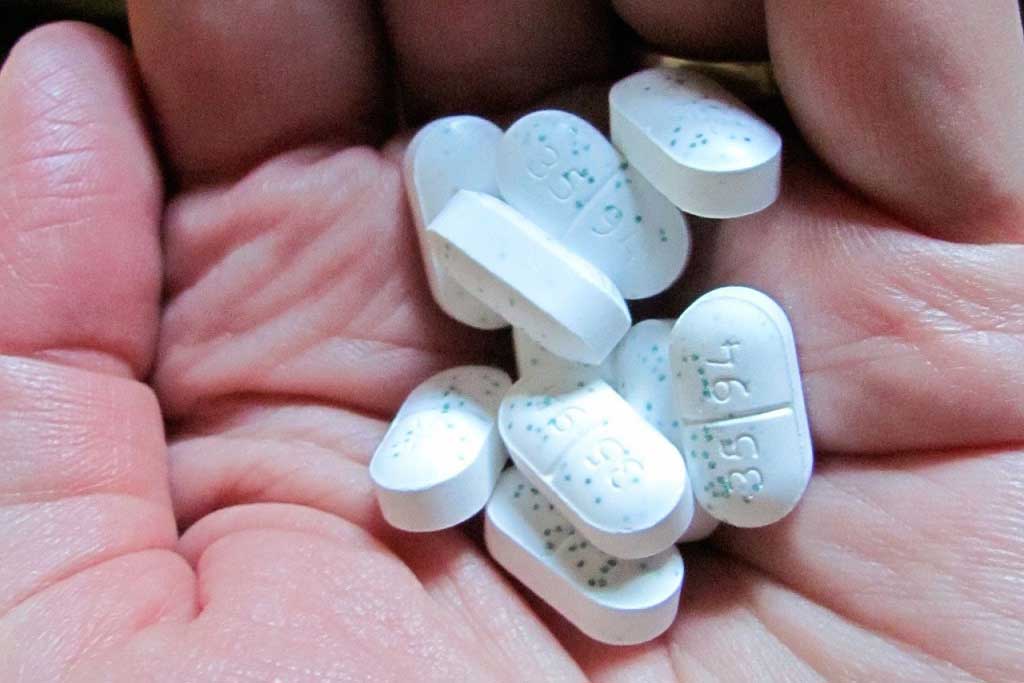Antidepressant use in menopause linked to broken bones
Older people
"Taking antidepressants like Prozac to counter mood changes in menopause 'raises risk of broken bones'," the Daily Mail reports. A new study suggests that using SSRIs during the menopause may significantly increase the risk of bone fracture…
"Taking antidepressants like Prozac to counter mood changes in menopause 'raises risk of broken bones'," the Daily Mail reports. A new study suggests that using selective serotonin reuptake inhibitors (SSRIs) during the menopause may increase the risk of bone fracture by around 76%.
While this may sound alarming, the baseline risk of bone fracture is relatively small so the 76% figure represents a small, if statistically significant, increase in risk.
The study in the spotlight looked at the risk of bone fractures in women taking SSRIs compared with women taking common stomach ulcer drugs.
SSRIs are primarily used to treat symptoms such as depression and anxiety, but they are also used when treating the hot flushes that can come with the menopause. While not licensed for this use in the UK, consultants can prescribe them at their own discretion for women unable or unwilling to use hormone replacement therapy (HRT).
Researchers found that risk difference was statistically significant only after the second year. This suggests SSRIs may need several months to produce clinically meaningful effects on bone mineral density.
Importantly, the study results may not be directly applicable to women taking SSRIs for mental health reasons. So while it is possible that use may be associated with a small increase in fracture risk for menopausal women, this small risk must be balanced against the benefit of taking them for the prescribed reason.
Where did the story come from?
The study was done by researchers from Harvard University, University of North Carolina at Chapel Hill, and Northeastern University. It was funded by the US National Institute of Mental Health and the National Institute on Aging at the National Institutes of Health.
One study author declared they receive: "salary support from the Center for Pharmacoepidemiology and from unrestricted research grants from pharmaceutical companies (GlaxoSmithKline, Merck, Sanofi) to the Department of Epidemiology, University of North Carolina at Chapel Hill".
The study was published in the peer-reviewed medical journal Injury Prevention.
Generally the Mail reported the story accurately although its headline was inaccurate for a number of reasons. The use of Prozac in the headline was inappropriate (if understandable as it is the one SSRI that most people have heard of). Another SSRI, paroxetine, is usually the first-line option for hot flushes (and is licensed for this use in the United States).
Also the headline says that SSRIs were being used to "counter mood change". This may be incorrect. The study excluded any women who were using SSRIs for mental health reasons, which may have covered this.
What kind of research was this?
The study used data from US medical databases to analyse a cohort of women taking SSRI drugs to treat symptoms of menopause. They wanted to see if it weakened their bones, leading to more reports of bone fractures.
In the UK SSRIs are prescribed to treat depression and various other mental health problems, though some consultants do use them off-licence for menopausal symptoms in certain cases.
In the US, an SSRI drug (paroxetine) has been approved to treat hot flushes and night sweats linked to the menopause. Due to changes in hormones associated with the menopause women’s bones can begin to thin, increasing the risk of bone fractures. So the researchers wanted to find out whether SSRI drugs might make this worse.
They used an existing data set of drug prescriptions to investigate the issue, which was like a large cohort study. However, the research team would have been limited by the information available in the database, so might not have been able to collect all the information they desired.
What did the research involve?
Women without mental illness, aged 40-64 years, who started taking SSRI drugs were compared with a cohort of women who started taking drugs to treat stomach ulcers and stomach irritation (H2 antagonists or proton pump inhibitors, H2As/PPIs) from 1998-2010, using data from a US database of prescriptions. The researchers were looking for differences in the rate of bone fractures in each group.
The research team says it chose the comparison group of drugs as H2As have a trivial or no association with risk of fractures, but PPIs are associated with a slightly increased risk of fractures.
They used the "PharMetrics Claims Database", which contains medical and pharmaceutical claims for over 61 million unique patients. In the US medical and drugs costs are "claimed" through a person’s health insurance. This gave them information on the amount of drugs prescribed and for how long. Age, gender and where they lived was also available, as were diagnosed medical conditions.
Fractures of the hip or arm bones (humerus, radius or ulna) at least one day after starting SSRI or H2A/PPI were analysed.
Women with mental health conditions were excluded.
Starting SSRIs or H2A/PPI was defined as filling a prescription without evidence of having filled a prescription for any kind of antidepressants or anti-ulcer drugs in the preceding 12 months.
As it was a US health insurance based database, it won't include all medical insurance schemes and definitely won’t include those without medical insurance.
The analysis adjusted for a very large list of confounders. Some of the more important ones were:
- age
- history of previous fractures
- osteoporosis
- previous bone mineral density scans
- use of medications that are known to affect risk of fractures
The groups were "weighted" for many different characteristics and potential confounders. A statistical technique to ensure the two comparison groups were reasonably balanced before comparison.
What were the basic results?
Fracture rates were higher in the 137,031 women starting SSRI compared with the 236,294 starting H2A/PPI.
Hazard ratios comparing the risk of fracture of SSRI compared with H2A/PPI at different time points were:
- 1.76 (95% confidence interval (CI) 1.33 to 2.32) over one year
- 1.73 (95% CI 1.33 to 2.24) at two years
- 1.67 (95% CI 1.30 to 2.14) at five years
The research team thought that there might be a delay between taking SSRIs and them having a clinically meaningful effect on bone mineral density. As such they factored in a six-month lag period in their main analysis.
How did the researchers interpret the results?
The researchers concluded: "SSRIs appear to increase fracture risk among middle-aged women without psychiatric disorders, an effect sustained over time, suggesting that shorter duration of treatment may decrease fracture risk. Future efforts should examine whether this association pertains at lower doses."
Conclusion
This study found women aged 40-64 years without mental health illness who started taking SSRI medications had significantly higher fracture risk up to five years after starting, compared with women taking other drugs prescribed for stomach ulcers or irritation (H2A or PPIs).
Risk difference was statistically significant only after the second year, suggesting SSRIs may need several months to produce clinically meaningful effects on bone mineral density.
Importantly, and acknowledged by the study authors, this study can't prove cause and effect. There may be other confounding factors mediating the link between the drugs and fracture risk. There are a number of reasons why certain women cannot safely use hormone replacement therapy, so these may contribute towards fracture risk.
Another limitation was the fact the cohort included women prescribed SSRIs for many non-mental health related reasons. So the risk profile across different disease categories may vary, grouping them may hide more nuanced results. The study team was not able to analyse the relationship between different doses of SSRIs and the risk of fractures. So we don’t know if there are any dose thresholds at which the fracture risk starts to increase significantly.
Proton pump inhibitors can increase the risk of fractures, particularly when used at high doses for over a year in the elderly. The fact SSRIs increased the risk still further, relative to this group, suggests the risk associated with SSRI compared with no drugs may be slightly higher. However, shorter courses of SSRIs, maybe less than six months, might not be associated with fracture risk.
Importantly, SSRIs are not currently licensed for the treatment of menopausal-related symptoms in the UK – though they are occasionally prescribed off-licence. So their use would mainly be in the treatment of depression and other mental health conditions. This study does not tell us much about the effect of SSRIs upon fracture risk in women with mental health conditions as they were excluded from the analysis.
Therefore while it is possible that SSRIs taken for mental health conditions may also be associated with a small increase in the risk of fracture, any possible increase must be balanced against the benefits of taking SSRIs for the reasons originally prescribed. This risk benefit balance should be discussed with your GP or other medical professional. Take all medicines as prescribed and do not change them without discussing your treatment options with a medical profession.






 Subscribe
Subscribe Ask the doctor
Ask the doctor Rate this article
Rate this article Find products
Find products








